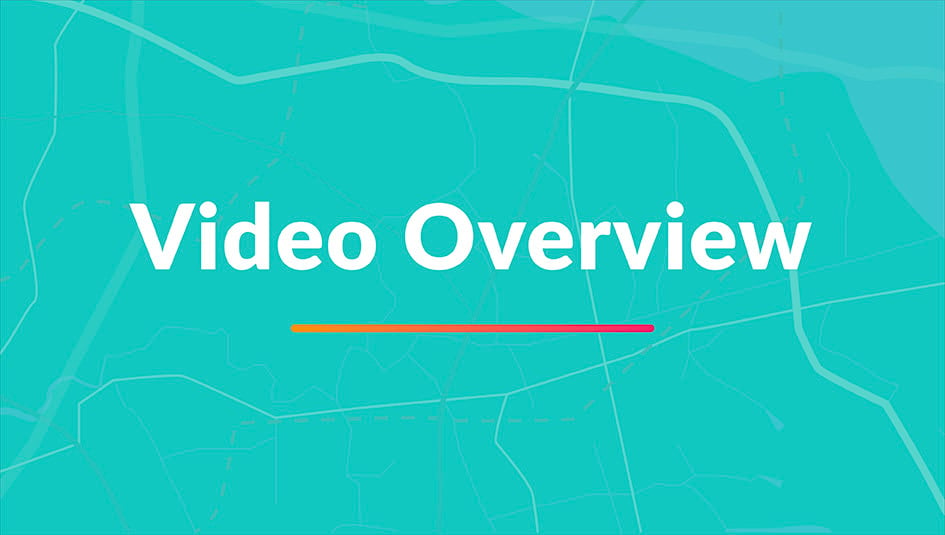Scheduling,
AI-Powered & Optimized
Let’s be real—shifting field schedules cause necessary chaos. The fix? Real-time, intraday AI-powered schedule optimization that assigns the best field service employee for each job based on rating, skill, location, parts availability and more. This ensures timely, high-quality service – every time. Goodbye manual processes. Hello automation.
Book Demo
We Are Here to Help
Schedule a meeting with a field service expert to learn how ServicePower can help your organization become more efficient and transform the customer experience. For servicer help, click here.
See it in action.
Real Results
0%
increase in first-time fix rates
0%
reduction in travel costs
0%
increase in service calls per day
Your business is unique. Your scheduling tool should be too.
Optimize instantly based on your needs and constraints. These may include:
- Weighted territories and boundaries
- Technician skills, certification, location, and availability
- Inventory requirements and availability
After all, it's your business and your customers, so you won't be forced into any other workflows or processes.


Sh*ft happens, fast.
ServicePower adapts instantly to unplanned shifts in schedules, automatically analyzing hundreds of factors as it calculates and recommends the day’s schedule, and continually adjusts as needed throughout the day. Others will say they optimize, we actually do it.
Air traffic control views to make life easier.
In a real-time Gantt view—see who's available, what tasks they're tackling, how far along they are, routes, maps, and so much more. Each job is assigned a color that tells you what type of work is in play—making it a breeze to see who’s doing what. A dynamic, traffic-enabled integrated map, allows effortless appointments and worker tracking, seeing exactly where they are at any moment.

See what makes us stand out.
This is what our customers think about us.
“Excellent scheduling
and resource
management solutions.”
Gartner Peer Insights™
"Exceptional scheduling capability. Strong algorithms provide
optimised dynamic scheduling."
G2 Review
“It's absolutely excellent at providing highly optimised engineer routes to maximise productivity.”
G2 Review
Did you have other questions?
We answered some of the most common questions we get asked.
-
What is field service scheduling?
Field service scheduling is used to dispatch employed and contracted field workers for service jobs. Scheduling workers manually is extremely time consuming and virtually impossible to perform efficiently, resulting in wasted dispatcher time, poor management of field workers daily schedules, lost productivity, and ultimately unhappy customers.
Software that schedules field workers helps eliminate some of the errors that can occur with manual scheduling. Field service scheduling attempts to consistently and efficiently meet changing needs and changing demands to ensure customers are serviced as quickly and efficiently as possible.
-
What is schedule optimization?
Schedule optimization improves on basic field service scheduling by accounting for more variables, parameters, and business constraints to deliver finely tuned schedules that bring a higher level of satisfaction to the end customer, make the lives of dispatchers less stressful, enhance the field worker experience, and make companies more profitable by lowering costs and increasing revenue.
Schedule optimization considers complex factors such as skills, location, and equipment availability that can influence the success of workforce scheduling. These factors are all used to determine the most optimal schedule.
-
Is route optimization the same as schedule optimization?
No. Route optimization is focused on determining the most cost-efficient route. It can include variables such as driver schedules, available hours, total stops, fulfillment estimates, and legal requirements, so it is not simply about finding the shortest path from point A to point B. But it does not include numerous other factors and parameters that are included in schedule optimization, include field worker skills, tasks, availability, capacity, prioritization, activity coordination and time slots to maximize workforce efficiency.
-
Is all schedule optimization the same?
No. The ultimate goal of schedule optimization is to ensure the best result for the customer while simultaneously maximizing the field service organization's operational efficiency. This means ensuring the following for the consumer:
- The best field worker services the job
- The field service worker is armed with the right parts and information for all jobs
- The field worker selected costs the least and is the most profitable given all constraints
- The field service worker is dispatched within the least amount of time possible
Traditional schedule optimization attempts to reach these goals but typically has limited tools to accomplish them.
-
What makes ServicePower’s field service scheduling different from other solutions?
ServicePower Scheduling has several differentiating capabilities, including:
- Updates made throughout the day in real time
- Ability to optimize on over 200 parameters
- Considers numerous business constraints when determining an optimal schedule
- Sophisticated yet easy-to-use Gantt for better decision making and operational insight
- Instantaneous geographical view of fastest routes, potential traffic impacts, road closures and more
- Clear, simple view of your techs’ schedules to help plan and align work to resources
- Powerful, uncluttered view of resource utilization to instantly identify under- and over-utilized resources
- Provides holistic insight into field service performance and potential problems
- Works seamlessly with contracted workforce dispatching for blended workforce solution
Ready to make your customer's smile with quality service events?
Book DemoWe Are Here to Help
Schedule a meeting with a field service expert to learn how ServicePower can help your organization become more efficient and transform the customer experience. For servicer help, click here.




